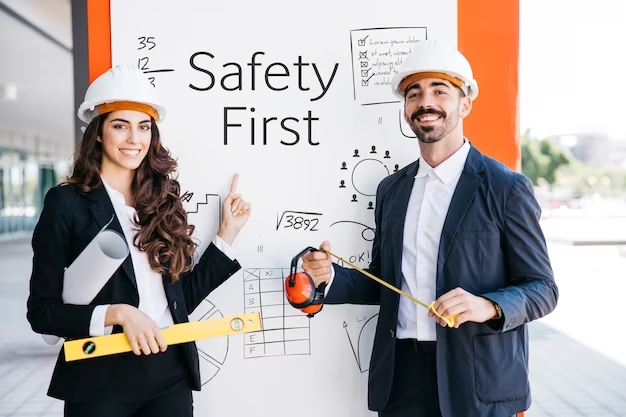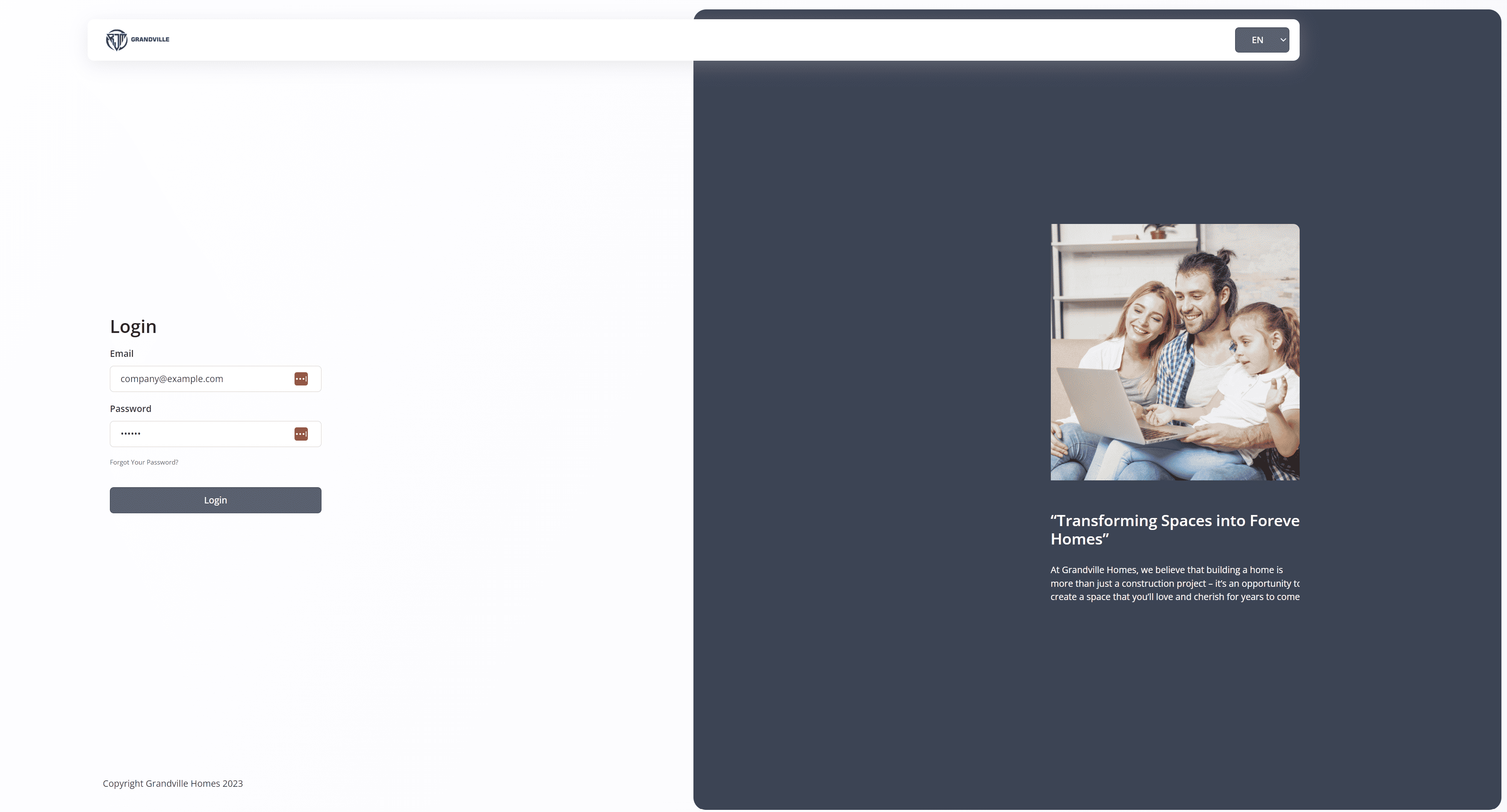Ensuring Health and Safety Compliance on Your Build Site
Drop a Line if you have a Question!
Safety Compliance on your Build Site
Are you worried about keeping your build site safe and compliant? Look no further – this article is here to help you.
We understand the importance of health and safety compliance on your build site and want to provide you with the necessary knowledge and tools to ensure a secure working environment.
By understanding OSHA regulations, creating a safety plan, providing training, and implementing safety measures, you can confidently navigate the world of construction with peace of mind.

Importance of Health and Safety Compliance
You need to understand the importance of health and safety compliance on your build site.
Prioritizing health and safety is crucial to ensure the well-being of everyone involved in the construction process. By complying with health and safety regulations, you create a secure environment for your workers and minimize the risk of accidents or injuries.
It also helps you avoid potential legal liabilities and costly fines. Moreover, maintaining a safe work site improves productivity and efficiency, as workers are more confident and focused when they feel secure.
Understanding OSHA Regulations
Understanding OSHA regulations is crucial for maintaining a safe and compliant work environment. As a construction site manager, you need to familiarize yourself with these regulations to ensure the health and safety of your workers.
OSHA, or the Occupational Safety and Health Administration, sets standards and guidelines to prevent workplace accidents, injuries, and illnesses. By understanding these regulations, you can implement safety measures and protocols that comply with OSHA’s requirements. This includes conducting regular safety training, providing personal protective equipment, and maintaining proper recordkeeping.
OSHA regulations cover a wide range of topics, such as fall protection, hazard communication, electrical safety, and machine guarding. It is your responsibility to stay updated on any changes or updates to these regulations to ensure your work site remains compliant.
Creating a Safety Plan for Your Build Site
Creating a safety plan for your build site involves several key steps. First, conduct a thorough inspection of the site to identify potential hazards. This may include uneven terrain, electrical hazards, or hazardous materials. Implement preventive measures to address these risks. Provide proper personal protective equipment, install safety barriers, and establish clear communication channels. Regularly assess and update your safety protocols to address any new risks or changes in the construction process. Safety should always be a top priority on your build site, and a well-designed safety plan will help protect your workers and prevent accidents.
Training and Education for Construction Workers
To properly train and educate construction workers, it’s important to provide comprehensive safety courses and hands-on demonstrations. By offering these types of training, you can ensure that your workers have the knowledge and skills necessary to perform their job safely.
Safety courses should cover topics such as hazard recognition, proper use of personal protective equipment, and emergency preparedness. Hands-on demonstrations allow workers to practice using safety equipment and techniques in a controlled environment. This type of training is invaluable because it allows workers to gain practical experience and confidence in their ability to handle potentially dangerous situations.
Additionally, ongoing training and education should be provided to keep workers updated on new safety protocols and technologies. By investing in thorough training and education, you can create a culture of safety on your build site and protect the well-being of your workers.
Implementing Safety Measures and Inspections
When implementing safety measures and inspections, it’s important to regularly assess the effectiveness of your current protocols and make necessary adjustments.
It’s important to ensure that your safety measures are up-to-date and aligned with the latest industry standards.
Regular inspections should be conducted to identify any potential hazards or risks on your build site.
By actively inspecting and evaluating your safety protocols, you can address any shortcomings and improve the overall safety of your workers.
Make sure to involve your workers in the inspection process as they can provide valuable insights and suggestions.
Additionally, consider providing training and education on safety protocols to enhance awareness and understanding among your workers.
Conclusion
In conclusion, it’s crucial for you to prioritize health and safety compliance on your build site. By understanding OSHA regulations and creating a safety plan, you can ensure a safe working environment for your construction workers. Providing training and education, as well as implementing safety measures and inspections, are also important steps to take. Taking these precautions not only protects the well-being of your employees but also helps prevent accidents and potential legal issues. So, make safety a top priority and create a culture of compliance on your build site.

Have a question?
Become a























